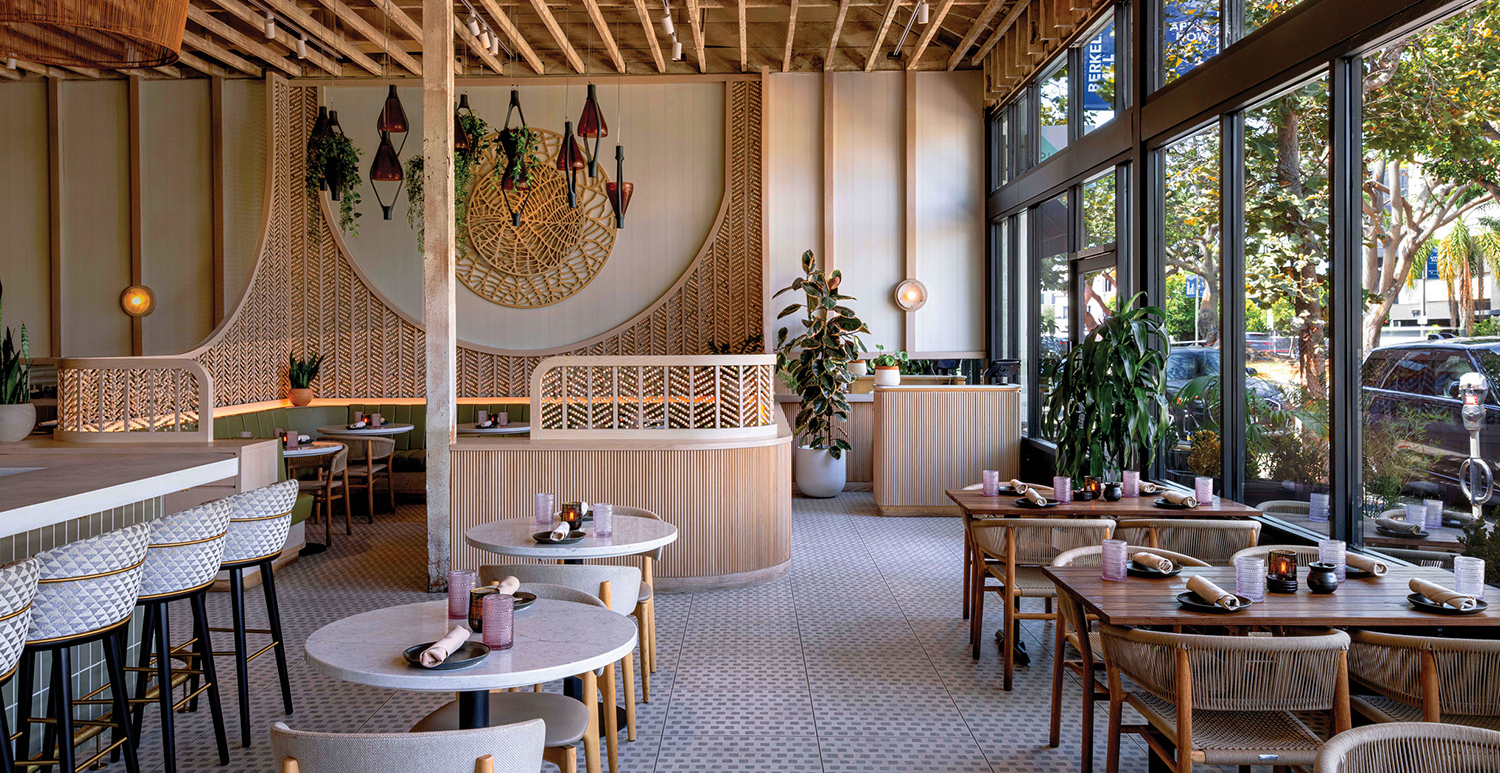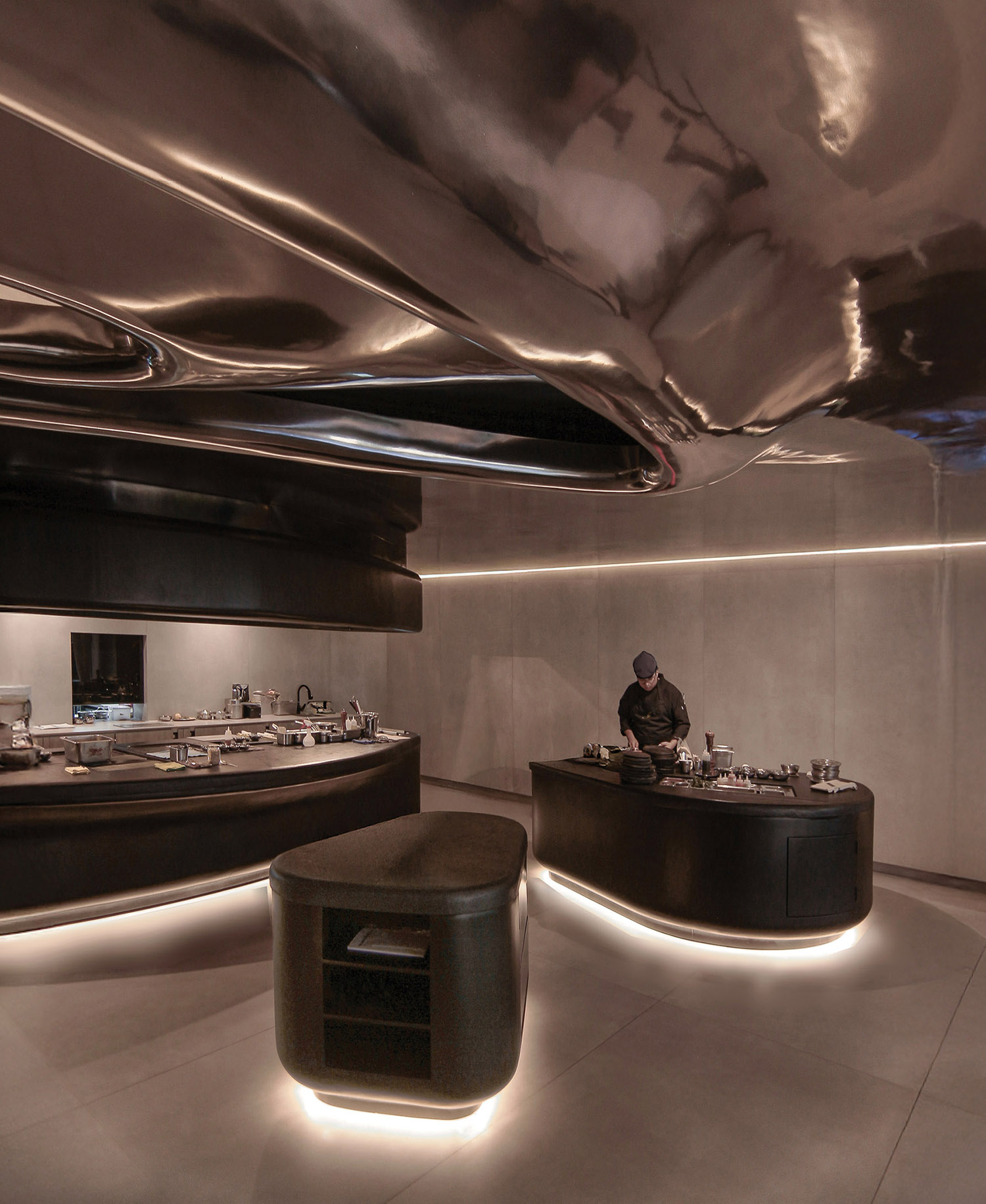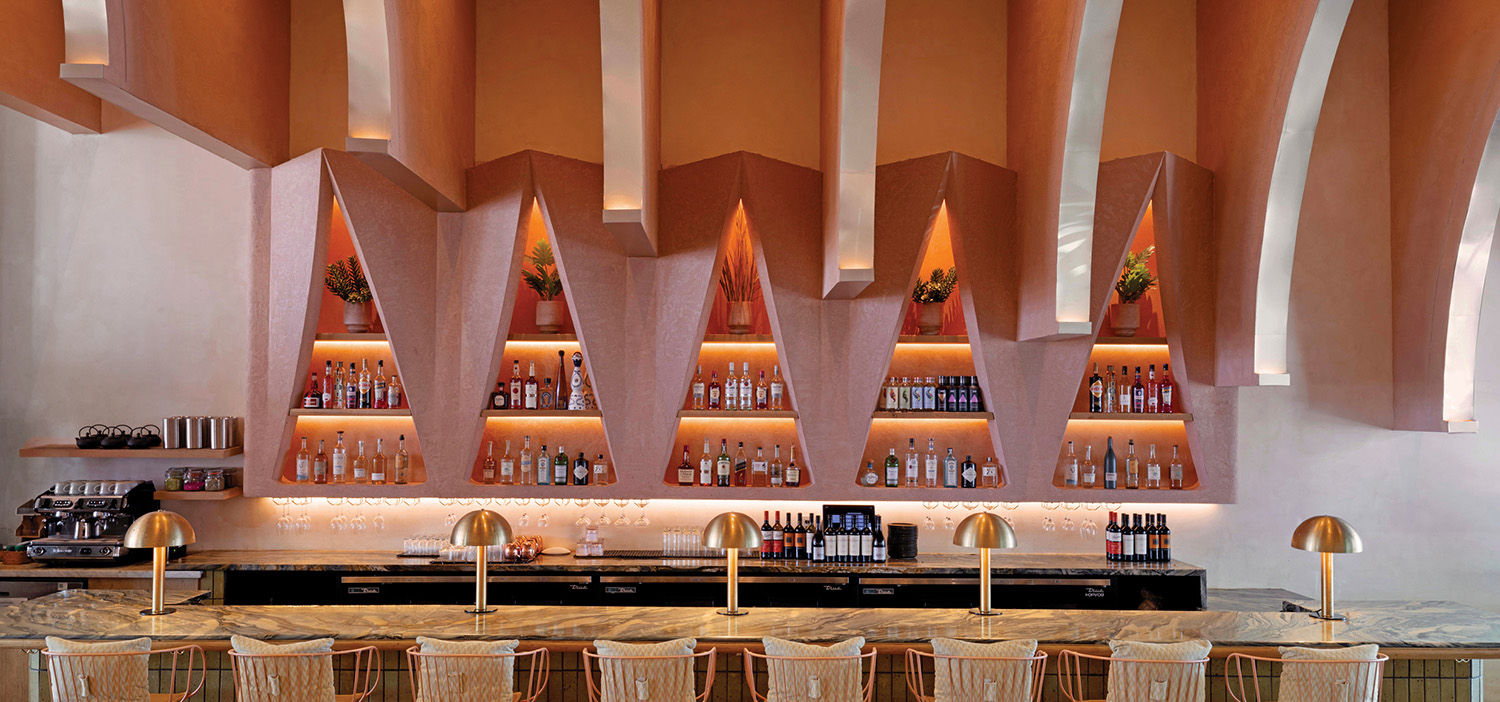Contemporary Worship: Sancaklar Mosque
In Turkey a large dome centered over a prayer hall—a form built at its best during the Ottoman empire—is still the go-to structure for a mosque. Just picture the Sultan Ahmet Blue Mosque. “Religious architectural discourse in Turkey is still predominantly focused on this classical form and does not go any further than numerous iterations of domes and pencil-like minarets,” says Gülden Canol of Istanbul-based Emre Arolat Architects. “Therefore we believe that it is too early to talk about change and innovation in religious architecture in Turkey.”
Sancaklar Mosque, then, is ahead of its time. Built in Buyuk Cekmece, a suburban neighborhood in the outskirts of Istanbul, the project was approached with a focus on the essence of the space. “There is no formal definition for a mosque in the Qu’ran,” says Canol. “In Islam the emphasis is on the essence of a space rather than the form. It does not dictate a form; it just has to be clean.” High walls surrounding the upper courtyard of the mosque creates a clear boundary between the outside world and space of worship, while a long canopy of reinforced concrete extends 20 feet from the entrance is the only architectural element visible from outside the park.
The interior is simple and cavelike, not to mention underground. It’s starkly different than the ornate interior of a classic mosque. One of the few quasi-ornaments, a prayer wall called the Qiblah wall, faces the direction of the Mecca and is adorned with slits and fractures to allow daylight to filter into the hall. “We believe that with the proportions of the space and the daylight filtering in above the Qibla wall, praying here will provide a completely different but equally enchanting experience.”
Contemporary Worship: Kamppi Chapel of Silence
Contemporary Worship: Ecumenical Chapel


